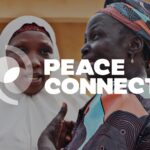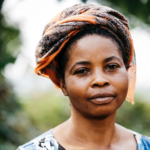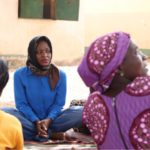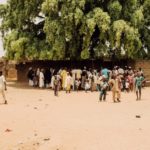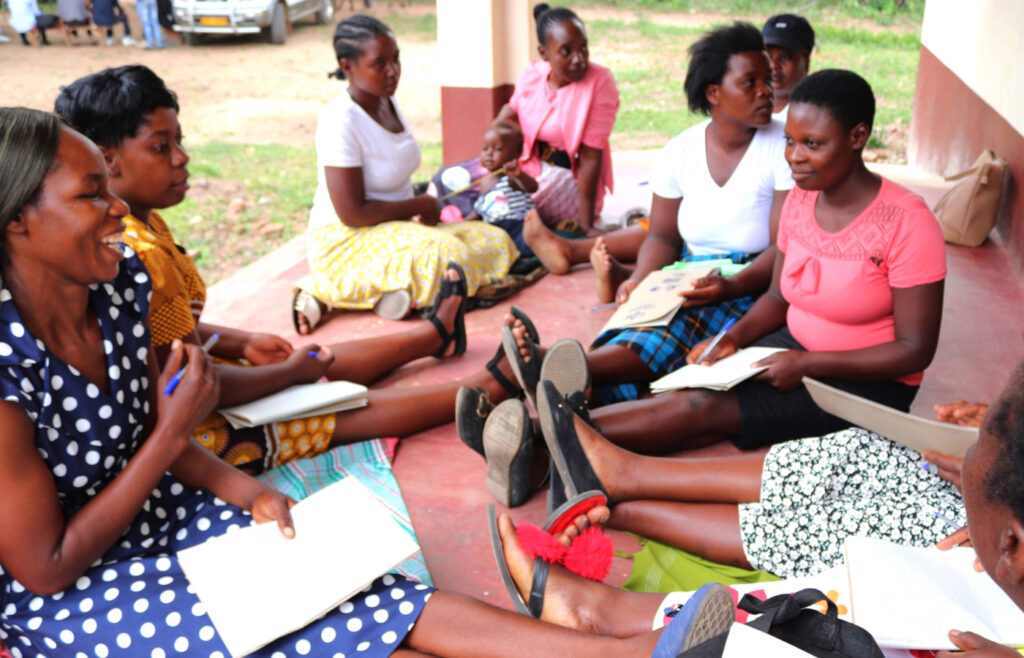Swedes don’t seem to do puddings – at least not at the canteen at the Swedish army establishment at Enkőping. So I was delighted to see pancakes appearing on Thursday – and astonished to hear that in Swedish government establishments, the menu on Thursday always includes pea soup and pancakes.
Something that my Swedish companion took for granted, which struck me as quite alien, is quite a good metaphor for the whole week. I had been asked by Folke Bernadotte Academy to introduce a local ownership perspective into the planning for a massive, complex peacekeeping simulation exercise which will involve 3,000 people in five sites next April.
This was an exciting opportunity, just a year after Local First was unveiled at an event in the UK. Local First is a development approach which looks first for the local capacity before bringing in outsiders, recognises that much of this capacity is found outside central governments, and acts on the principle that local people need to lead in their own development. “Nothing new there” many people have exclaimed. True, but putting it into practice is still challenging as my week in Enkőping demonstrated.
My quite extensive research before the event to find examples of good collaboration between peacekeeping missions and local populations and institutions had turned up very little. It was difficult to get people involved in peacekeeping away from the mindset of projects to build the capacity of local organisations, of which there are many, towards thinking of examples where without the help of local people they would not have been successful in their mission, or would have found it more difficult.
What is also clear is that it is a massive challenge just to coordinate within a peacekeeping mission – this simulation involves several UN agencies, NATO and the EU as well as international organisations such as International Committee of the Red Cross (ICRC). Collaboration between them is hampered by many factors, including individual organisation’s mandates, competition for funding, and language, jargon and a blizzard of acronyms.
It felt as though these issues were particularly acute in the humanitarian area – one reason, perhaps, why International Rescue Committee (IRC), one of the biggest humanitarian INGOs has been such an enthusiastic supporter of Local First. Walking over to the canteen, through damp November pine woods, I had a conversation with the UN Office for the Co-ordination of Humanitarian Affairs (Ocha) representative. I was trying to reconcile our experience of partners feeling excluded from Ocha cluster meetings, which often seem to include international NGOs but not their local partners, with her insistence that they were included. “But sometimes language gets in the way,” I said, “or they can’t get into the meetings because they don’t have access to UN buildings.” “Well of course that can be a problem,” she replied. So does issuing an invitation count as inclusion if they can’t get access to the meeting? Hence a modest aim for local ownership is to ensure that all Ocha cluster meetings in the simulation take place, explicitly, outside UN premises.
Another bit of lobbying centred on a flood scenario – carefully calibrated to be only an emergency, not a disaster. By sheer luck and serendipity, one of the participants had worked for the ICRC during the Pakistan floods of 2005. He had described to me how they had assessed the capacity of different communities to cope on their own, marking the ones that could with big red dots on the map, and the others with smaller red dots. He also described coming back in 2010 and the pleasure of seeing more big red dots on the map.
This is a classic example of not just doing a needs assessment but doing a capacity assessment alongside – one of the key recommendations of Local First. I made sure he was invited to the meeting where the planning for the flood scenario was taking place, so he could share his experience. “Did they take the bait?” I asked him, as we set off for the station at the end of the exercise. “No not yet, but we have to keep trying,” he replied.
That sums up Local First I think. There are some really encouraging signs, not least the US Agency for International Development (USAid) consultation document which puts forward a sophisticated approach to locally led development based on understanding and strengthening local systems. At Local First we hope that by providing practical solutions to the issues that prevent true and equal partnership between locals and internationals, we will enable more people to follow the example of USAid.



